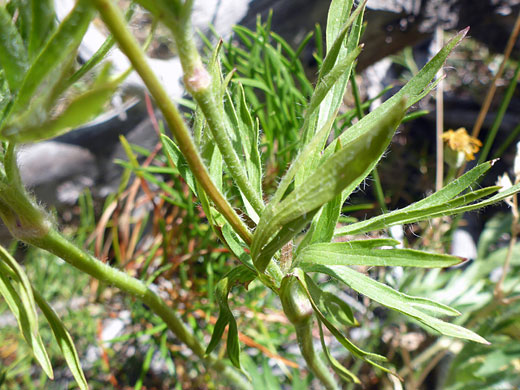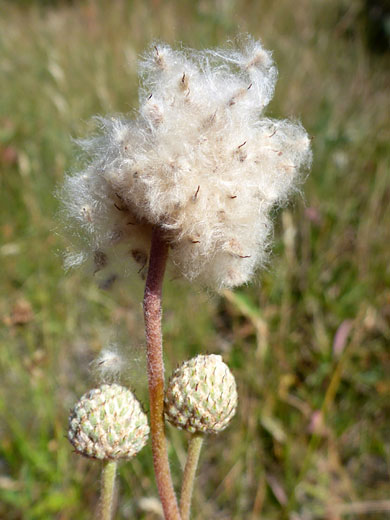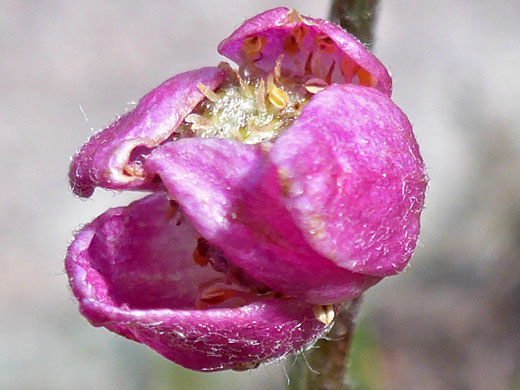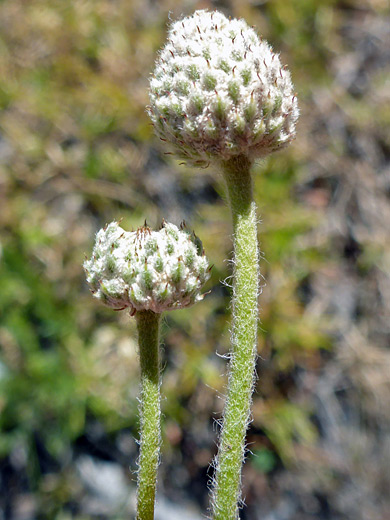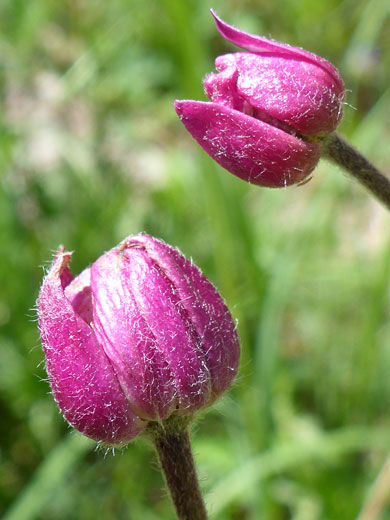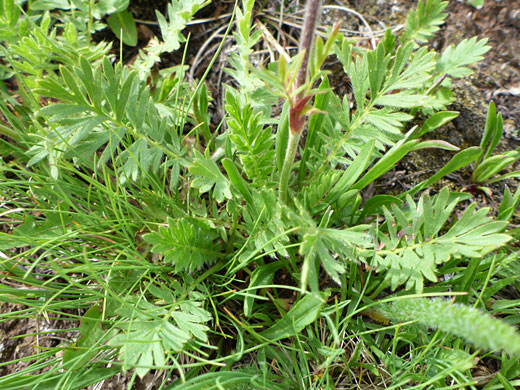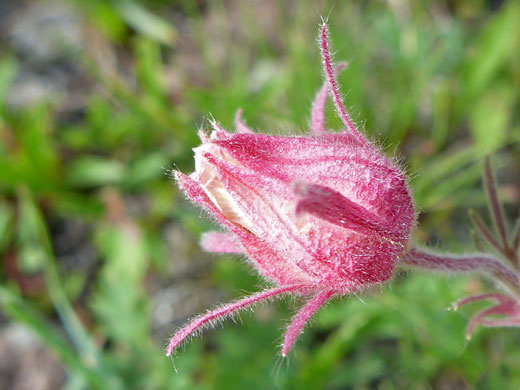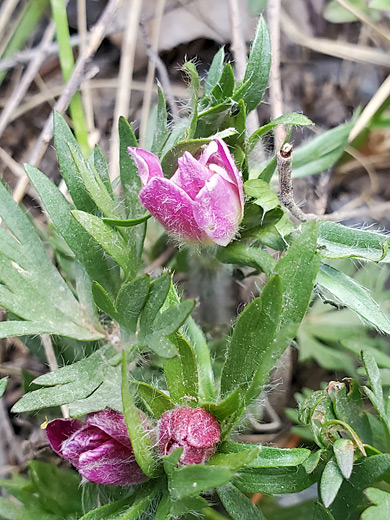Common names:
Red windflower, cutleaf anemone
Family:
Scientific name:
Anemone multifida
Main flower color:
Range:
Mostly in the Rocky Mountains, and scattered areas of states to the west
Height:
Up to 27 inches
Habitat:
Open woodland, grassy slopes, rocky outcrops, meadows; from sea level to 13,500 feet
Leaves:
Up to 4 inches across, ternately divided up to three times into narrow lobes
Season:
May to August
Anemone multifida usually has between three and six basal leaves, attached by stalks of up to 4 inches. The blades are similar in length, and are ternately divided, usually twice, into narrow, pointed lobes. The lower leaf surfaces are sparsely covered by long white hairs; the upper surfaces are mostly hairless. Stem leaves are smaller, few in number, less divided, and sessile; they form a whorl a little way below the inflorescence. One plant produces up to seven stems, which also have a sparse hair covering.
Flowers are formed of five or six (less often up to nine) petal-like sepals, colored white, pale yellow, purple or pink, usually lighter at the base, and borne on long stalks. Sepals are glabrous above, sparsely hairy below. The flower center contains a group of up to 80 greenish-yellow stamens. Flowers are produced singly or in clusters of up to seven, subtended by bracts. Seeds are small green capsules, ageing to brown, topped by a brown beak, with white woolly hairs between; they open to a mass of dense, fluffy hairs.
There are four varieties of anemone multifida (multifida, saxicola, stylosa, tetonensis), differentiated by sepal color, beak curvature and bract characteristics.
Flowers are formed of five or six (less often up to nine) petal-like sepals, colored white, pale yellow, purple or pink, usually lighter at the base, and borne on long stalks. Sepals are glabrous above, sparsely hairy below. The flower center contains a group of up to 80 greenish-yellow stamens. Flowers are produced singly or in clusters of up to seven, subtended by bracts. Seeds are small green capsules, ageing to brown, topped by a brown beak, with white woolly hairs between; they open to a mass of dense, fluffy hairs.
There are four varieties of anemone multifida (multifida, saxicola, stylosa, tetonensis), differentiated by sepal color, beak curvature and bract characteristics.
All Contents © Copyright The American Southwest | Comments and Questions | Contribute | Site Map


